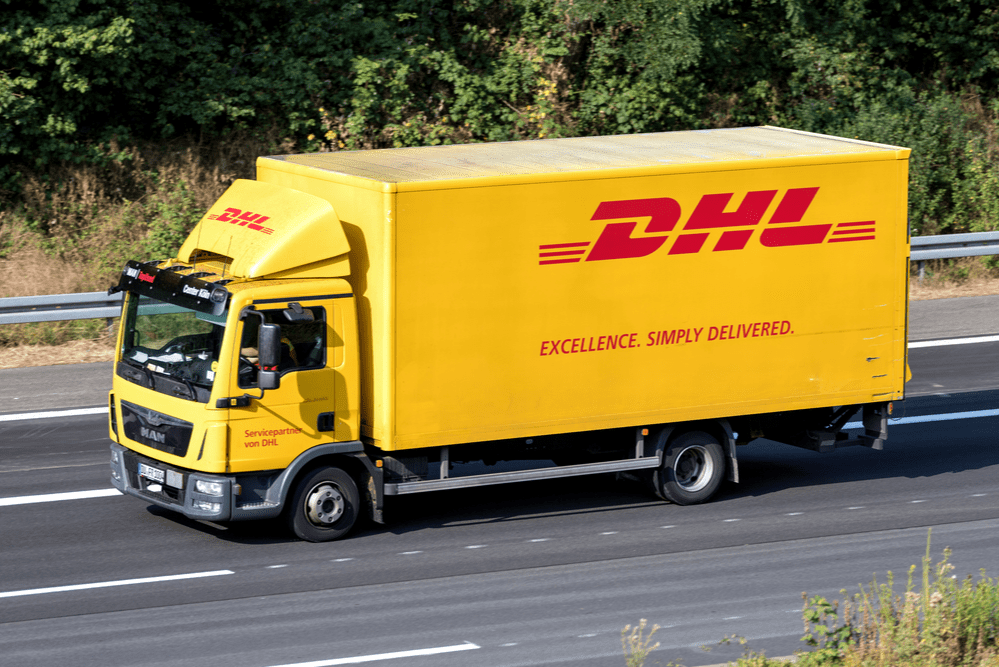
DHL and NYU Stern School of Business announce latest DHL Global Internet Trackerconducted an in-depth analysis of the current situation of globalization. Despite rising geopolitical tensions and uncertainty, globalization remains near all-time highs, increasing the resilience of international trade and economic integration.
Also read: Supply Chains: The Twilight of Hyperglobalization
Key Insights from Trackers
The DHL Global Connectivity Tracker is an extension of the established DHL Global Connectivity report, which measures the cross-border flows of trade, capital, information and people. The current score of 25% highlights that although globalization is at an all-time high, the world is still far from fully connected.
The new tool allows users to explore trends by region, geopolitical alliances or individual countries, and enables detailed offline analysis through data and chart downloads.
Global trade: the cornerstone of economic stability
Global trade continues to drive the world economy. In 2023, 21% of the world’s goods and services will be traded internationally, close to the historical high of 22%. John Pearson, CEO of DHL Express, stressed that despite the complex global situation, the benefits of international trade remain strong, bringing great strength to individuals, businesses and countries.
Changing trade dynamics amid geopolitical competition
Although trade between China and the United States has declined – from 3.5% of global trade in goods in 2016 to 2.6% in 2024 – the share of trade among countries not aligned with the two superpowers has increased. These countries, including the United Arab Emirates, India, Vietnam, Brazil and Mexico, are becoming important connectors for global commerce and bridging geopolitical divides.
The share of trade involving such “non-aligned” countries will rise from 42% in 2016 to 47% in 2024, underscoring their growing influence in shaping global trade flows.
Fight against protectionism and regionalization
Despite speculation about possible U.S. tariffs and a broader shift toward regionalization, the data paints a different picture. Goods are being transported over longer distances than ever before, with the average transaction distance reaching a record 4,970 kilometers in early 2024. The share of intra-regional trade in goods also fell to a historic low of 51%, debunking claims of widespread regionalization.
The future of globalization: opportunities and challenges
Steven A. Altman, director of the DHL Globalization Initiative at New York University’s Stern School of Business, emphasized the importance of relying on data to guide the trajectory of globalization amid uncertainty. He noted that international flows continue to adapt and remain resilient, with businesses and countries looking for innovative ways to sustain the benefits of globalization.
About tracker
Regularly updated since its launch in 2011, the DHL Global Connectedness Tracker analyzes more than 8 million data points to provide the most comprehensive insights into globalization. The November 2024 update introduces user-friendly tools for examining and visualizing globalization trends, providing an indispensable resource for policymakers, businesses, and researchers.











Leave a Reply Cancel reply
You must be logged in to post a comment.